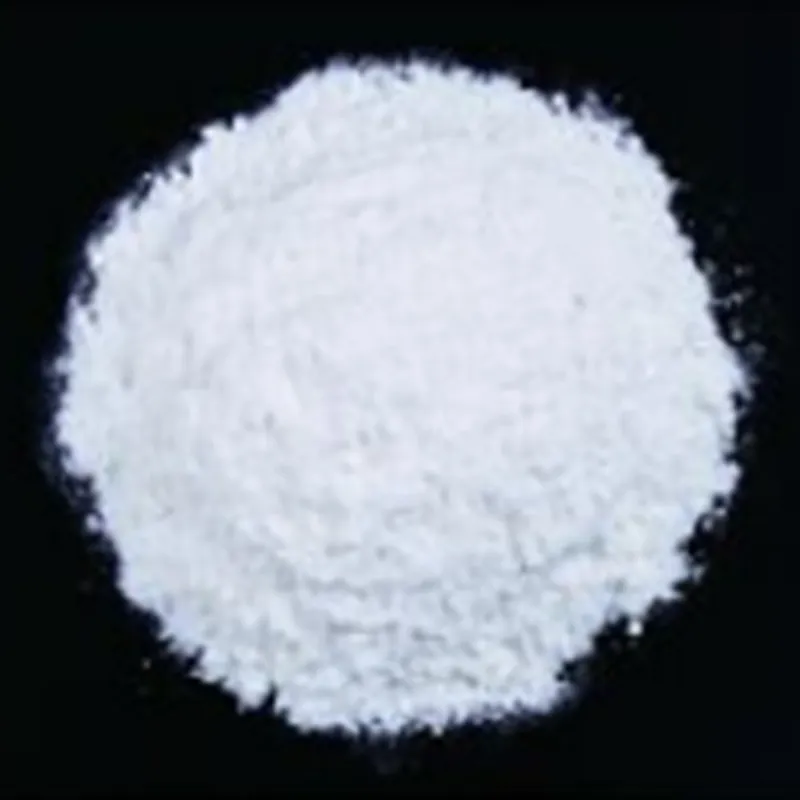
Exploring the Role of Citric Acid as a Food Additive in Culinary Applications
The Role of Citric Acid as a Food Additive
Citric acid, a natural organic acid found in citrus fruits, is widely recognized for its role as a food additive. Characterized by its sour taste and ability to act as a preservative, citric acid has become an indispensable ingredient in both home kitchens and the food industry. This article explores the functions of citric acid as a food additive, its benefits, and its applications in various food products.
Origins and Properties
Citric acid was first discovered in the 18th century, primarily extracted from lemon juice. It has the chemical formula C6H8O7 and is classified as a weak organic acid. This compound is naturally present in various fruits, particularly in lemons and limes, making it a safe and environmentally friendly option for food preservation. Citric acid acts as an acidulant, providing a tart flavor to foods and beverages, which enhances the overall taste profile.
Preservation and Shelf Life
One of the primary uses of citric acid in the food industry is as a preservative. It helps maintain the pH balance in food products, inhibiting the growth of harmful bacteria, yeasts, and molds. This antimicrobial property is crucial in extending the shelf life of various food items, including canned fruits, sauces, and beverages. By lowering the pH, citric acid also aids in preventing spoilage, allowing consumers to enjoy food products for a more extended period.
Antioxidant Properties
In addition to its preservative qualities, citric acid serves as an antioxidant. It helps prevent oxidation, a process that can lead to the degradation of flavor, color, and nutritional value in foods. By chelating metal ions that catalyze oxidation, citric acid protects sensitive ingredients, ensuring that they retain their quality and freshness. This property is particularly beneficial in products like salad dressings and oils, which may otherwise develop rancidity over time.
citric acid food additive

Flavor Enhancement
Citric acid enhances flavor profiles in various products, providing the desired tanginess in beverages like sodas, energy drinks, and fruit juices. It is often added to candy and confectionery to achieve a sour bite, making these treats more appealing to consumers. The ability of citric acid to balance flavors makes it a valuable ingredient in culinary applications, contributing to a more complex and enjoyable taste experience.
Application in Food Products
Citric acid is commonly found in a wide array of food products, including soft drinks, jams, jellies, canned vegetables, and processed cheeses. It is also used in the production of certain dairy products, where it helps initiate the curdling process for cheese. Furthermore, citric acid is a key ingredient in many cleaning products and dietary supplements, emphasizing its versatility beyond food applications.
Safety and Regulations
Regarded as safe for consumption, citric acid is approved by food safety authorities worldwide, including the Food and Drug Administration (FDA) and the European Food Safety Authority (EFSA). It is classified as Generally Recognized As Safe (GRAS), which means it can be used in food products without significant health risk. However, excessive consumption may lead to digestive discomfort for some individuals, so moderation is key.
Conclusion
Citric acid is an essential food additive that plays a multifaceted role in enhancing flavor, preserving freshness, and improving the safety of food products. Its natural origins, combined with its effectiveness as a preservative and antioxidant, make it a popular choice among food manufacturers. As consumers become increasingly aware of food quality and safety, citric acid will continue to be an important ingredient in our diets, ensuring that we enjoy delicious and safe food for years to come.
-
Understanding Synthetic Rubber OptionsNewsApr.27,2025
-
Trichloroisocyanuric Acid: Essential for Clean and Safe WaterNewsApr.27,2025
-
Sodium Dichloroisocyanurate: Key to Safe Water TreatmentNewsApr.27,2025
-
Sodium Acid Pyrophosphate: Essential in Modern Food ProcessingNewsApr.27,2025
-
Essential Water Treatment ChemicalsNewsApr.27,2025
-
Denatured Alcohol and Its Industrial UsesNewsApr.27,2025
-
The Versatile Uses of Sodium BicarbonateNewsApr.24,2025
Hebei Tenger Chemical Technology Co., Ltd. focuses on the chemical industry and is committed to the export service of chemical raw materials.
-

view more DiethanolisopropanolamineIn the ever-growing field of chemical solutions, diethanolisopropanolamine (DEIPA) stands out as a versatile and important compound. Due to its unique chemical structure and properties, DEIPA is of interest to various industries including construction, personal care, and agriculture. -

view more TriisopropanolamineTriisopropanolamine (TIPA) alkanol amine substance, is a kind of alcohol amine compound with amino and alcohol hydroxyl, and because of its molecules contains both amino and hydroxyl. -

view more Tetramethyl Thiuram DisulfideTetramethyl thiuram disulfide, also known as TMTD, is a white to light-yellow powder with a distinct sulfur-like odor. It is soluble in organic solvents such as benzene, acetone, and ethyl acetate, making it highly versatile for use in different formulations. TMTD is known for its excellent vulcanization acceleration properties, which makes it a key ingredient in the production of rubber products. Additionally, it acts as an effective fungicide and bactericide, making it valuable in agricultural applications. Its high purity and stability ensure consistent performance, making it a preferred choice for manufacturers across various industries.











